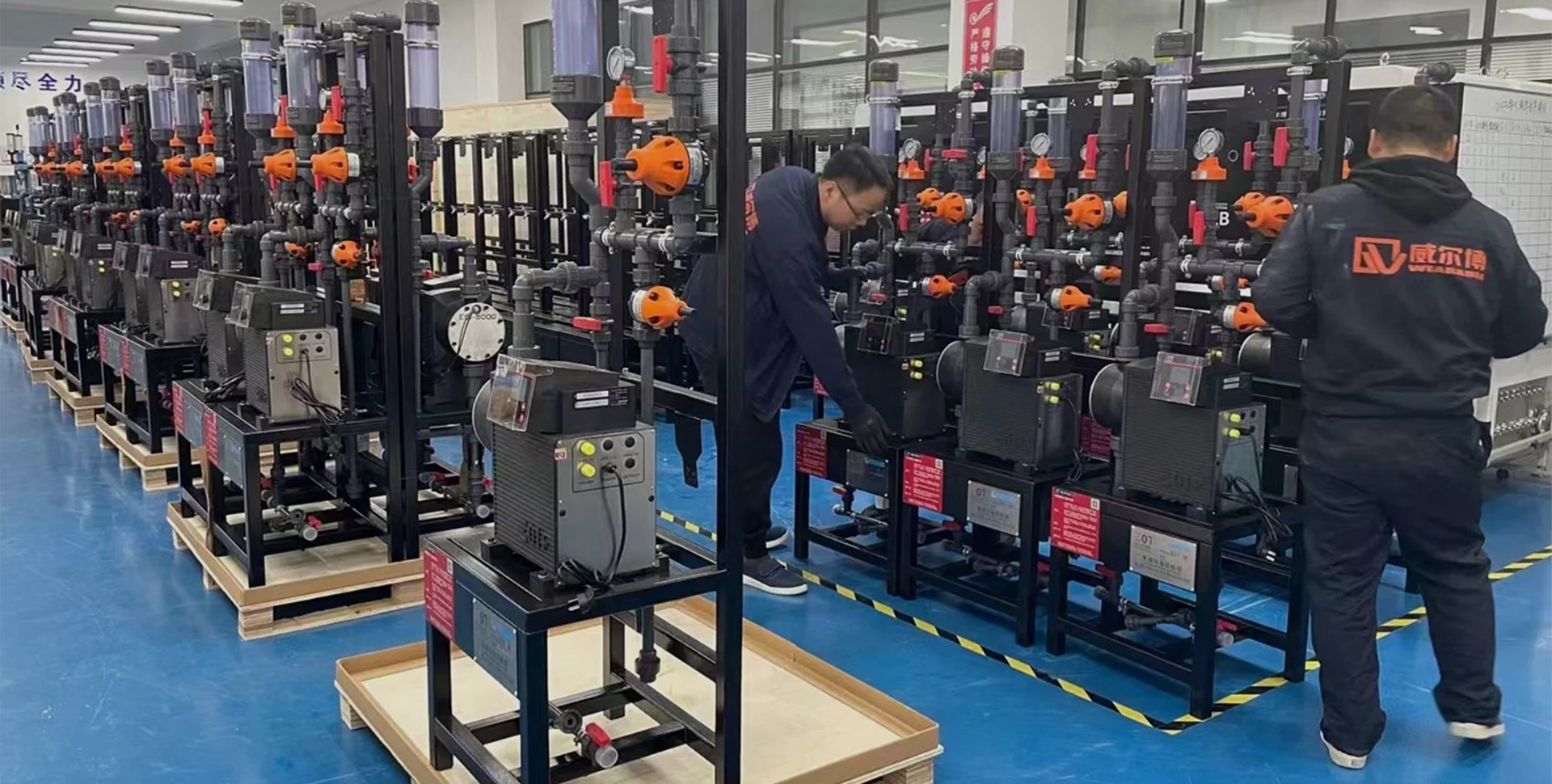How Do Peristaltic Pumps Work?
Peristaltic and hose pumps are widely applied in processes that require clean, precise, and contamination-free fluid handling. Because only the interior of the tubing or hose contacts the fluid, they are ideal for aggressive chemicals, shear-sensitive media, and fluids containing solids. Their valve-less, seal-less design allows accurate metering and reliable transfer in both batch and continuous operations.
There are two main categories:
1. Tube-Type Peristaltic Pumps
These are often used for low- to medium-pressure applications and offer excellent control in micro-dosing or lab-scale processes. Tubes can be easily swapped out, making maintenance fast and sanitary.
2. Hose-Type Peristaltic Pumps
These pumps are used in higher-pressure and industrial applications. Their thicker hoses can handle greater abrasion, larger volumes, and higher flow rates, making them suitable for mining slurries, wastewater sludge, and heavy chemical feeds.
Some advanced models also include smart sensors and integrated controllers for feedback-based dosing, flow monitoring, and system diagnostics. These features enhance process automation and reliability.
Additional benefits include:
1. Self-priming capabilities: Able to draw fluid without external assistance.
2. Dry-run protection: No damage occurs if the pump runs without fluid.
3. Reversible operation: Flow direction can be changed as needed.
4.Low maintenance: With only the tubing or hose needing periodic replacement, downtime is minimal.
Where Peristaltic & Hose Pumps Are Used
Water & Wastewater Treatment
For precise chemical injection such as chlorine, hypochlorite, lime, and polymers.
Automobile Manufacturing
Used in paint, coating, and color-mixing systems due to solvent resistance.
New Energy & Battery Production
Handles electrolytes, pastes, and sensitive conductive materials.
Metallurgy & Chemical Processing
Safe transfer of corrosive acids, oxidizers, and reactive chemicals.
Printing & Dyeing
Provides bubble-free, consistent ink and dye dosing.
Biotechnology & Artificial Culture
For nutrient dosing, enzyme transfer, and sterile fluid movement.
Pulp & Paper
Moves fibrous slurries, bleaching agents, and additives without clogging.
Peristaltic and hose pumps combine accuracy, hygiene, and durability—making them essential across modern fluid-handling industries.
Common Problems with Peristaltic Pumps
| Problem | Cause | Impact |
| Tubing wear or rupture | Continuous compression, chemical incompatibility | Leakage, loss of dosing accuracy |
| Flow rate inconsistency | Tubing fatigue, roller wear, improper calibration | Unstable dosing, process deviation |
| Excessive pulsation | Low-roller design, worn hose | Reduced precision in sensitive applications |
| Pump overheating | High duty cycle, blocked ventilation | Shortened motor lifespan, shutdown |
| Loss of suction | Air ingress, worn tubing, improper installation | Reduced flow, inconsistent output |
| Noise or vibration | Roller misalignment, worn bearings | Mechanical stress, reduced efficiency |
| Chemical attack on tubing | Wrong tubing material for chemical | Cracking, swelling, premature failure |
| Clogging | Solids accumulation in tubing | Blocked flow, increased pressure |


